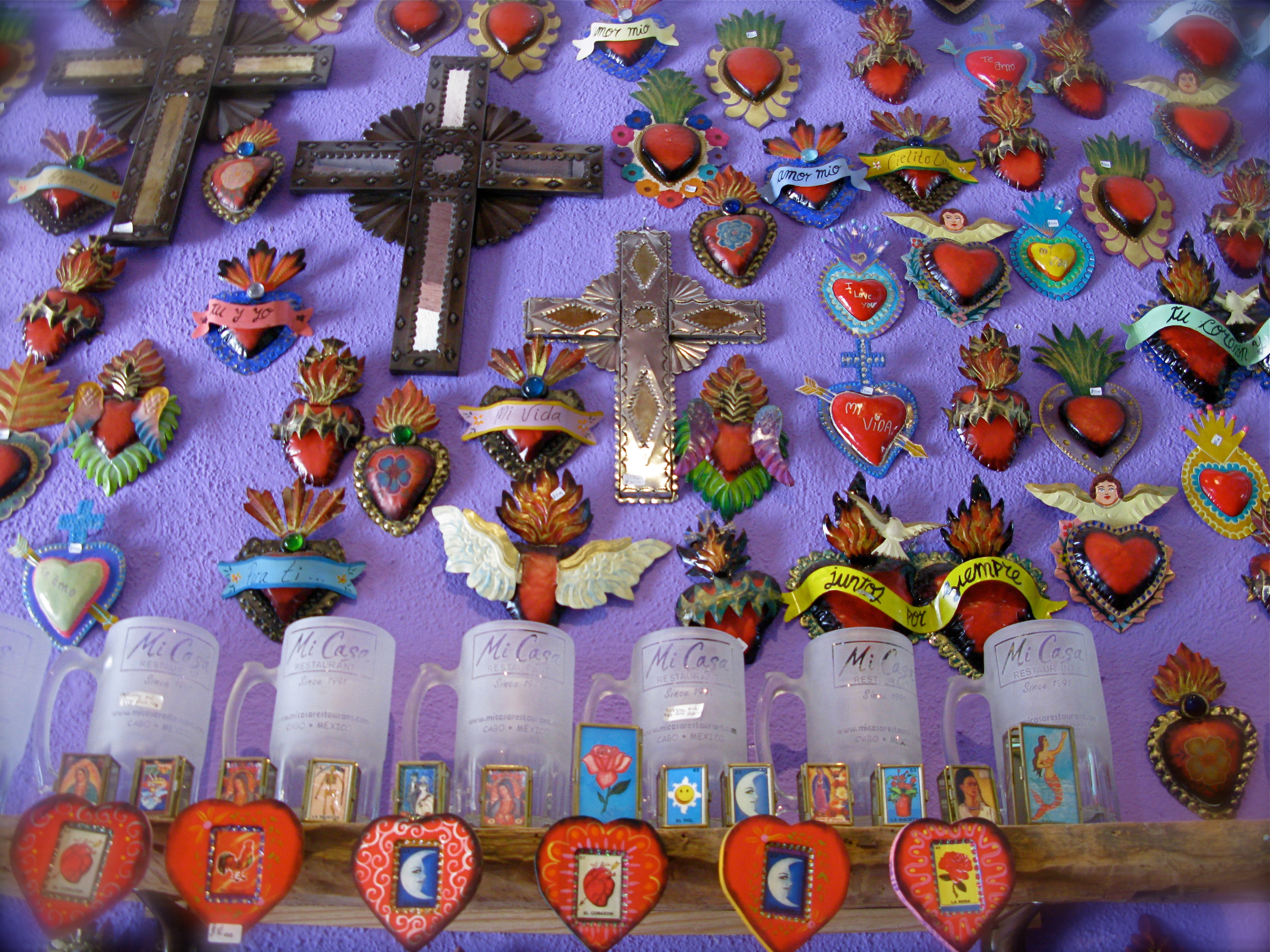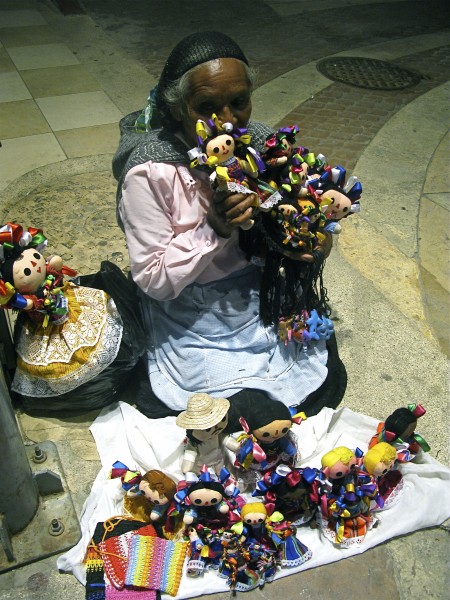
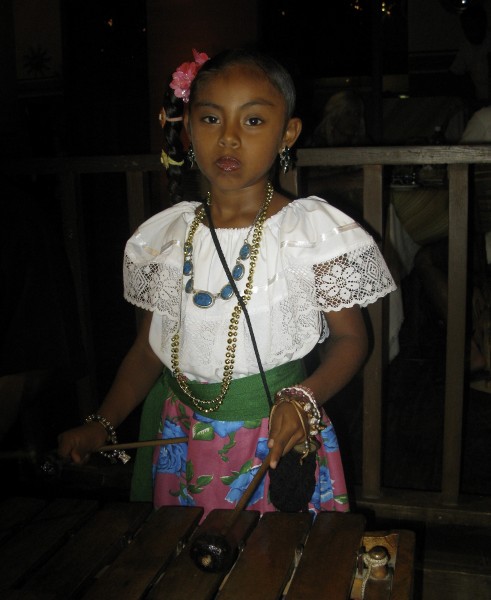
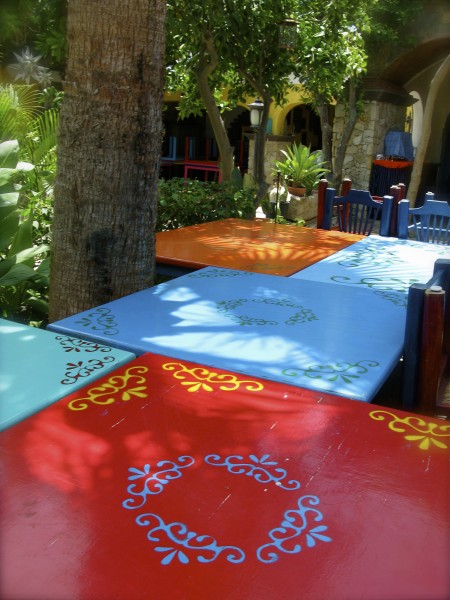


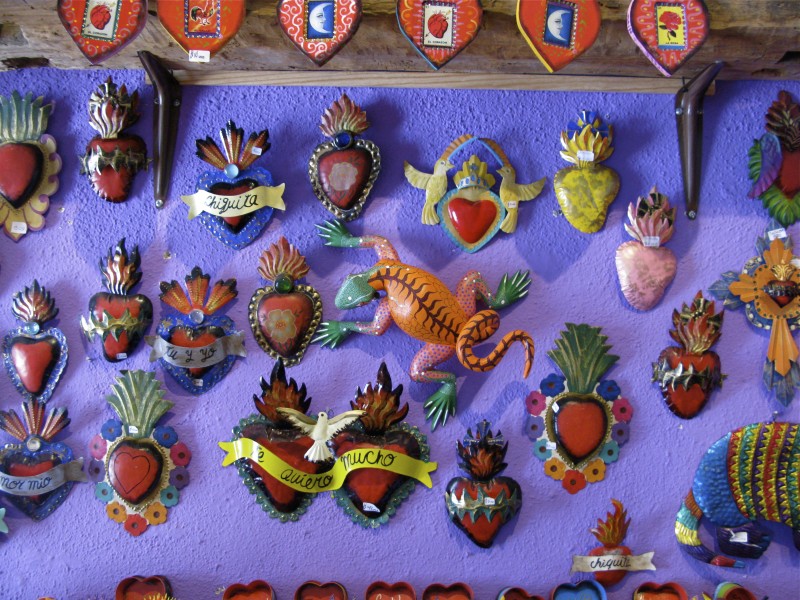
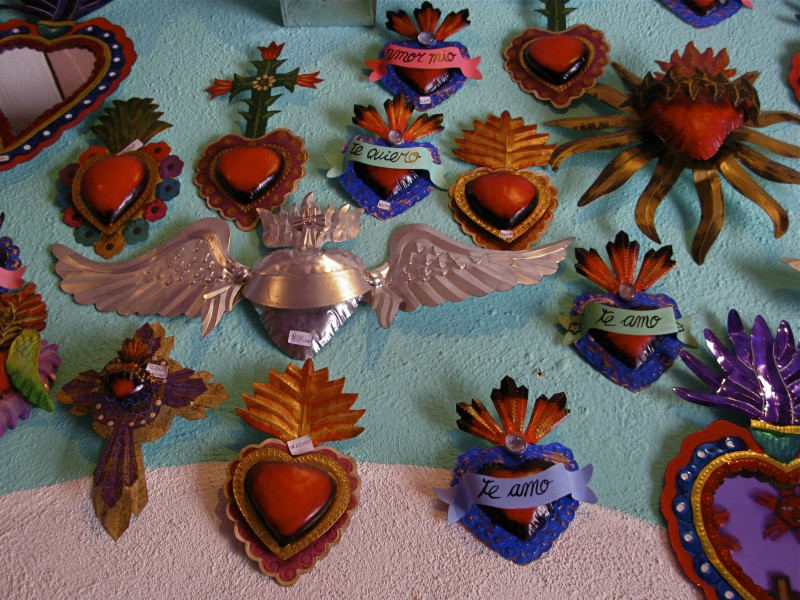
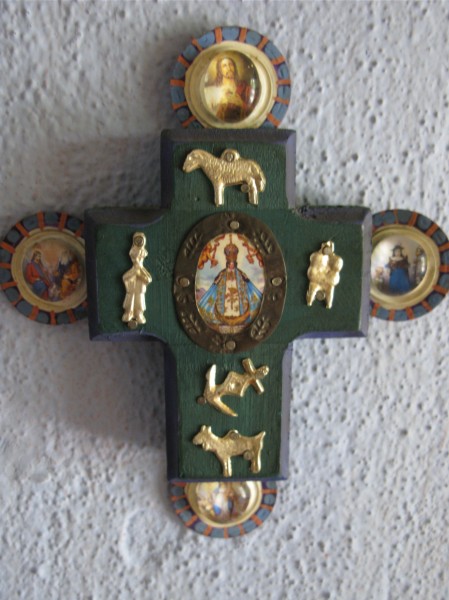
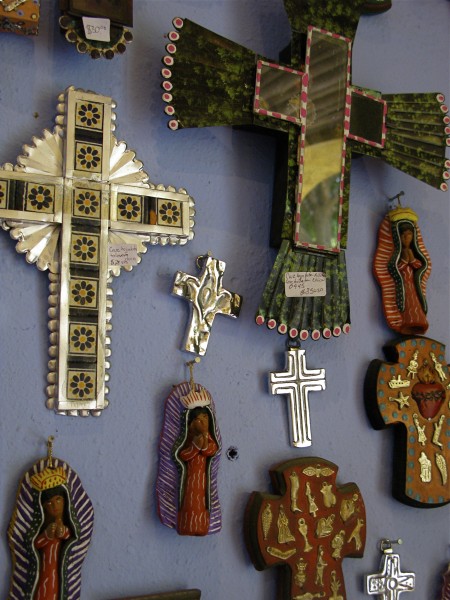
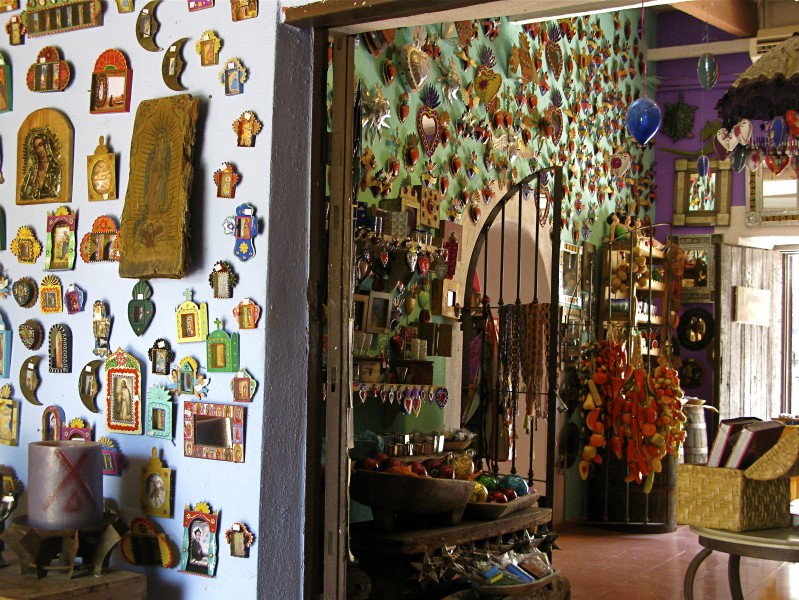

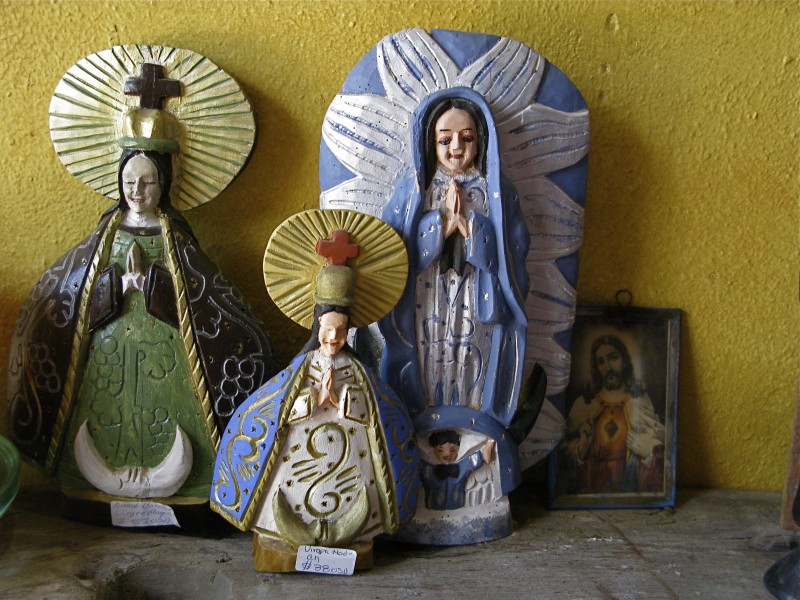


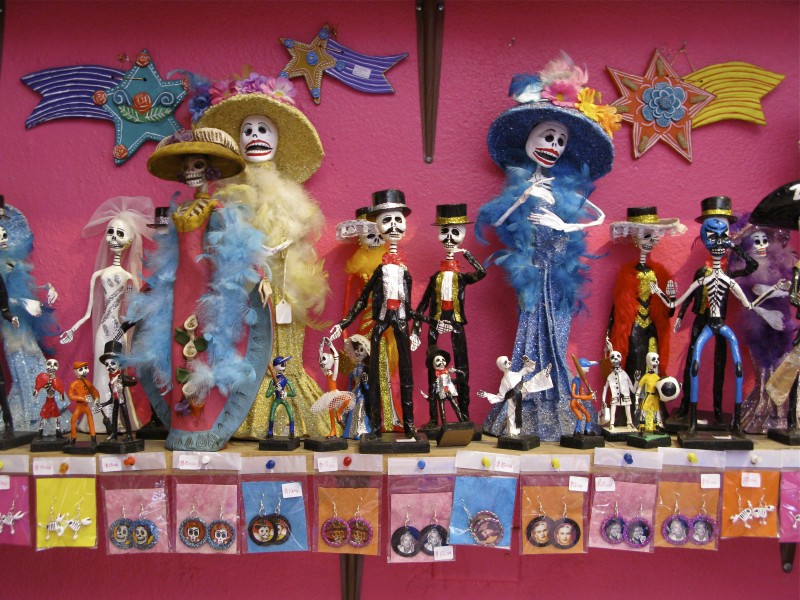
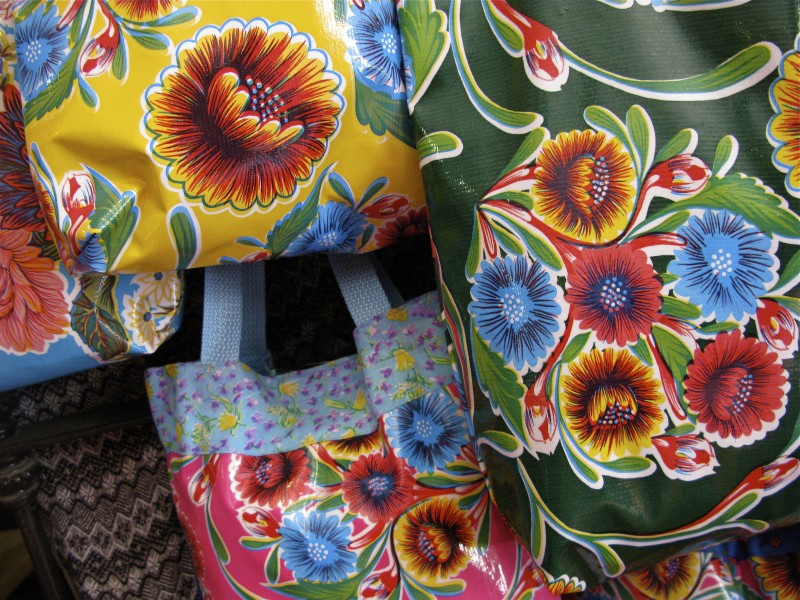
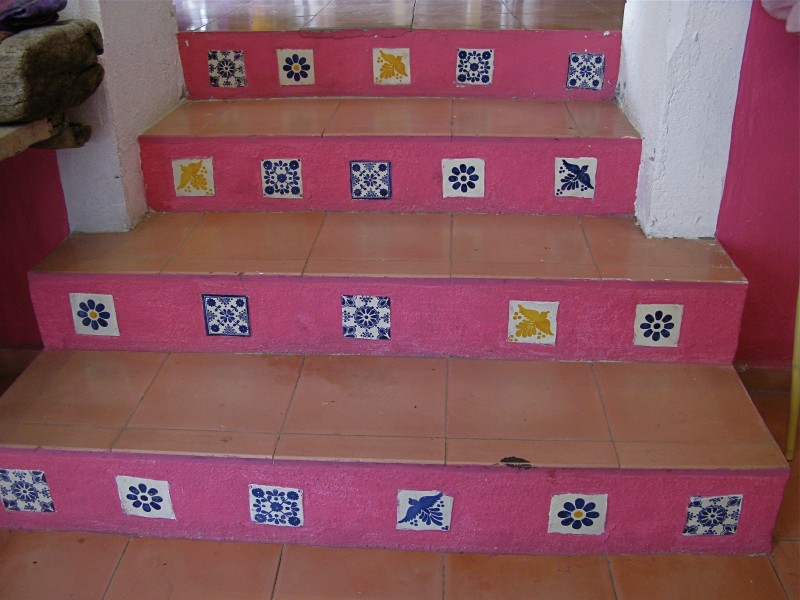

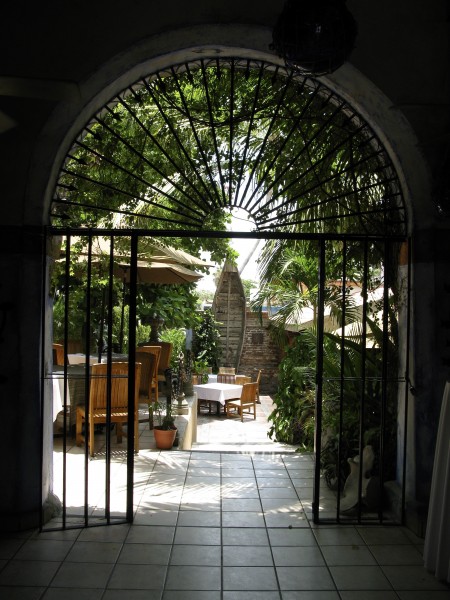
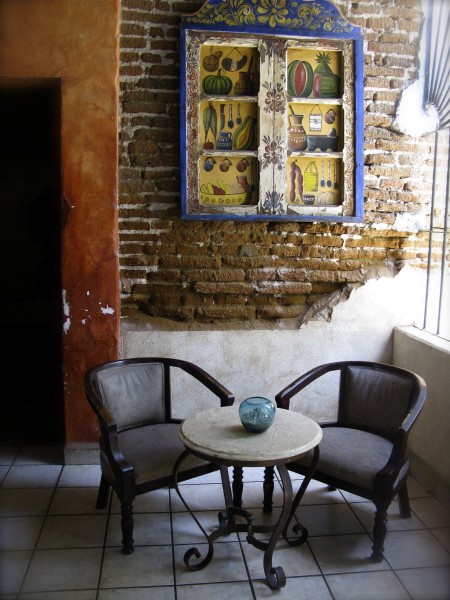
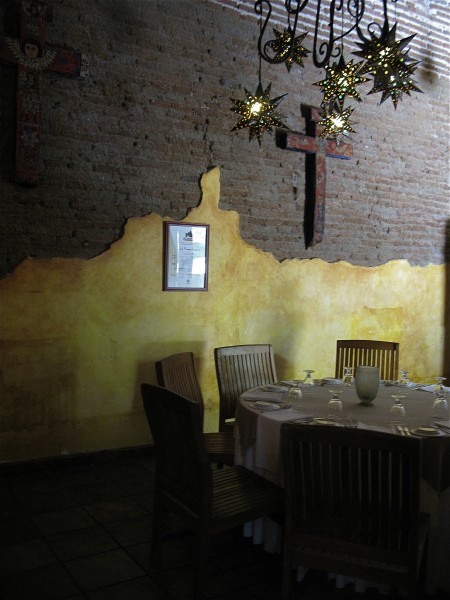
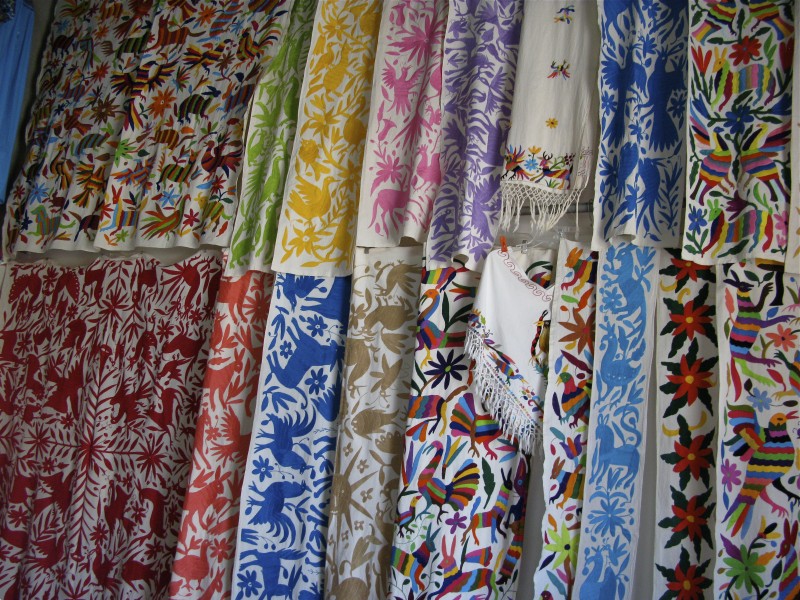
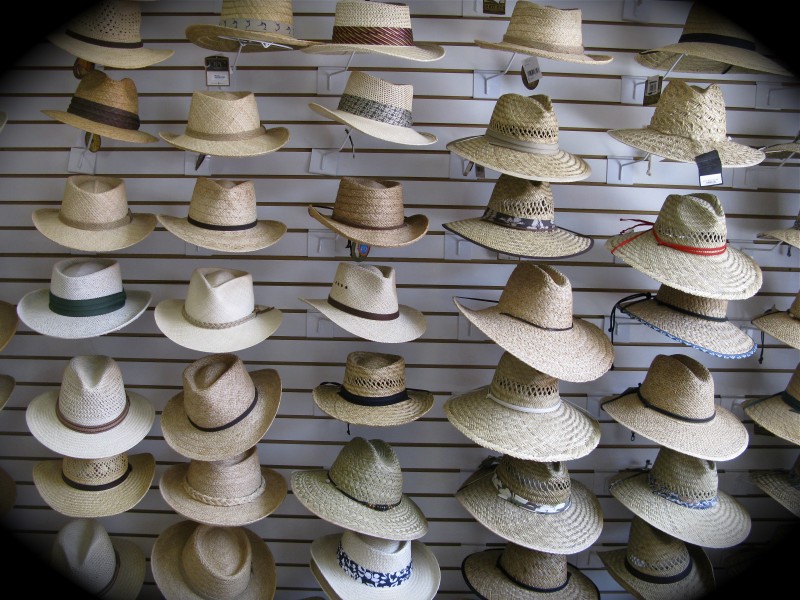
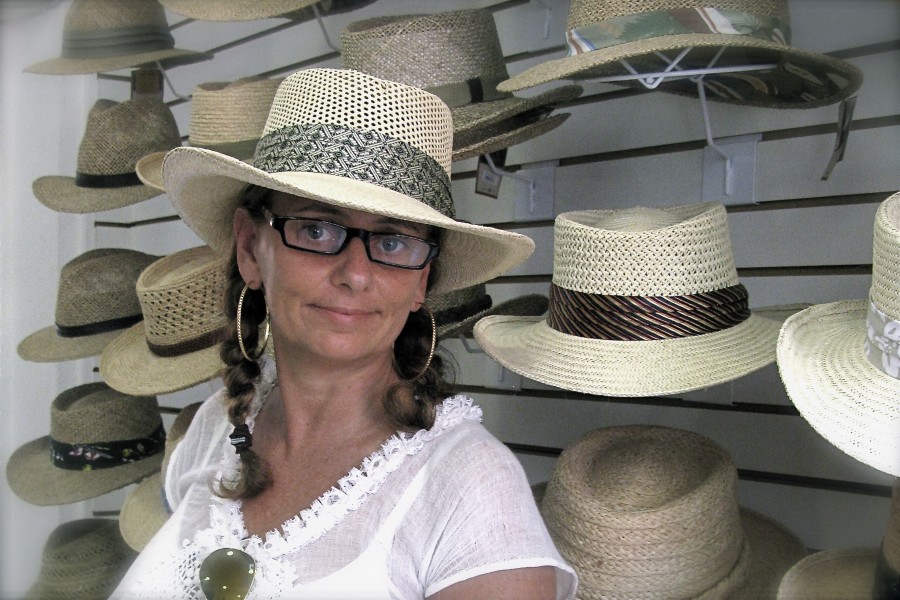

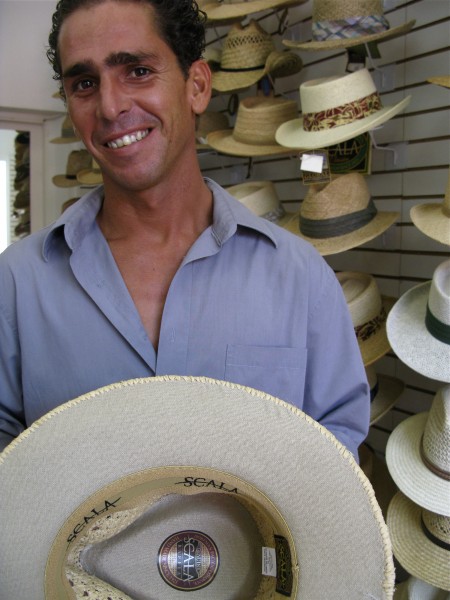
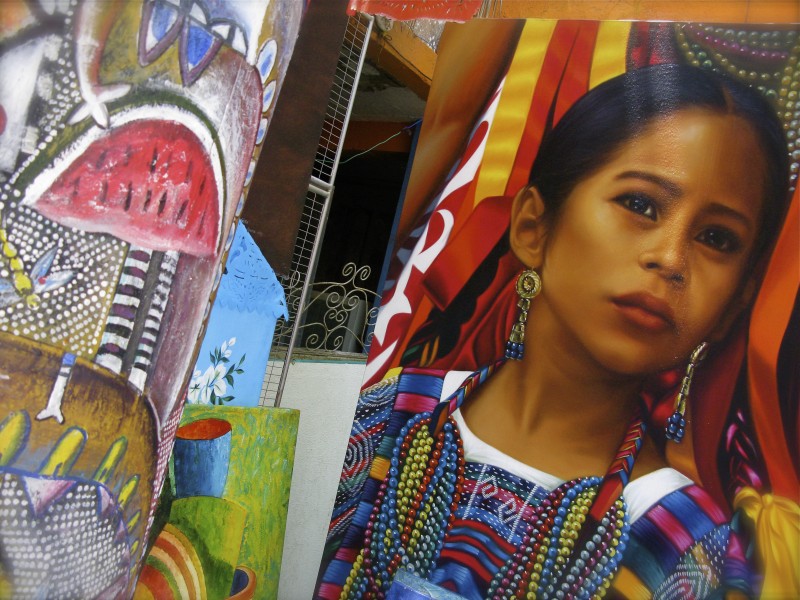
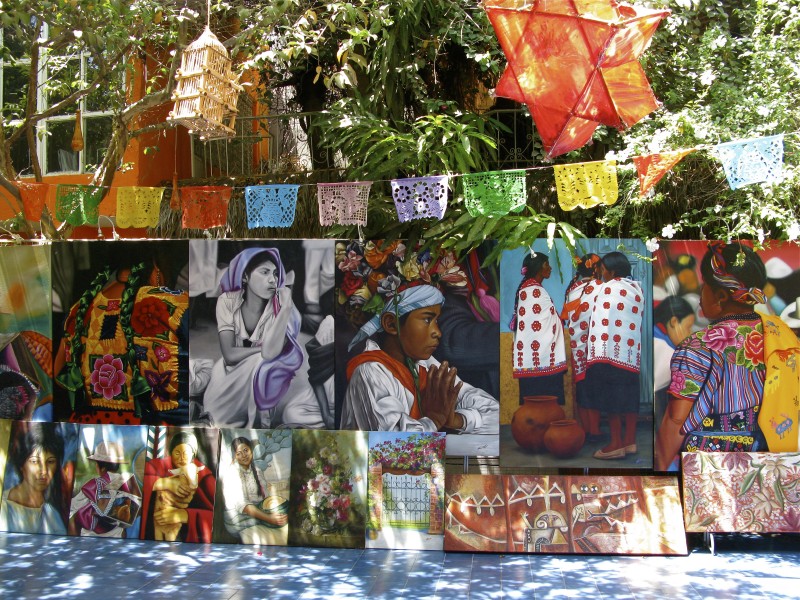
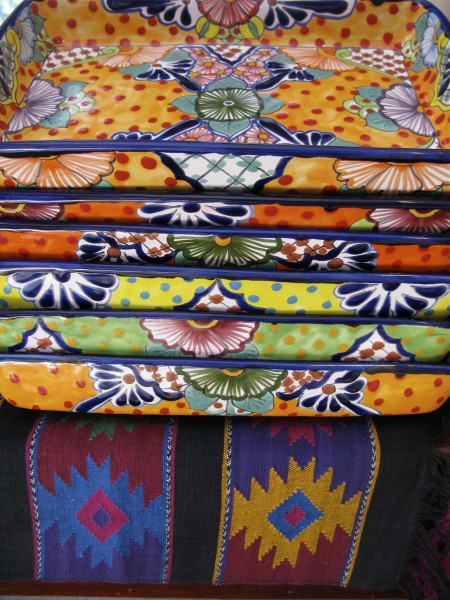
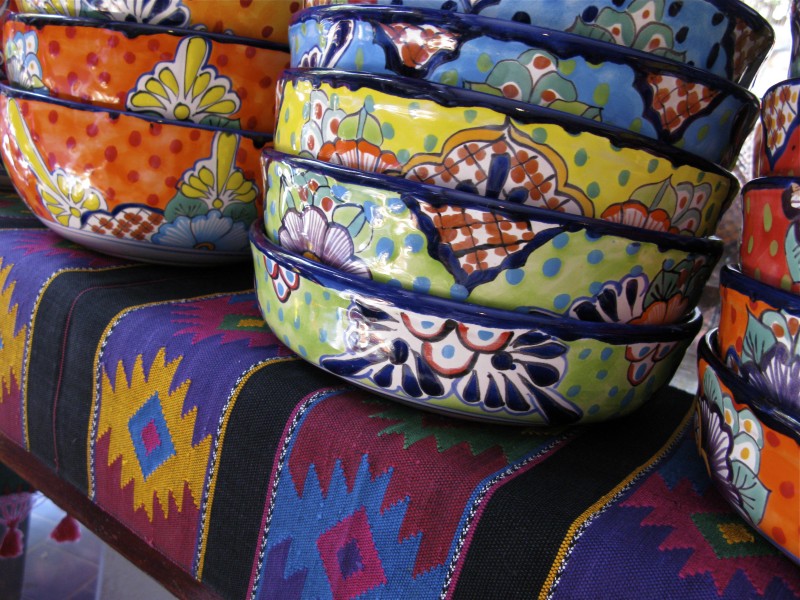
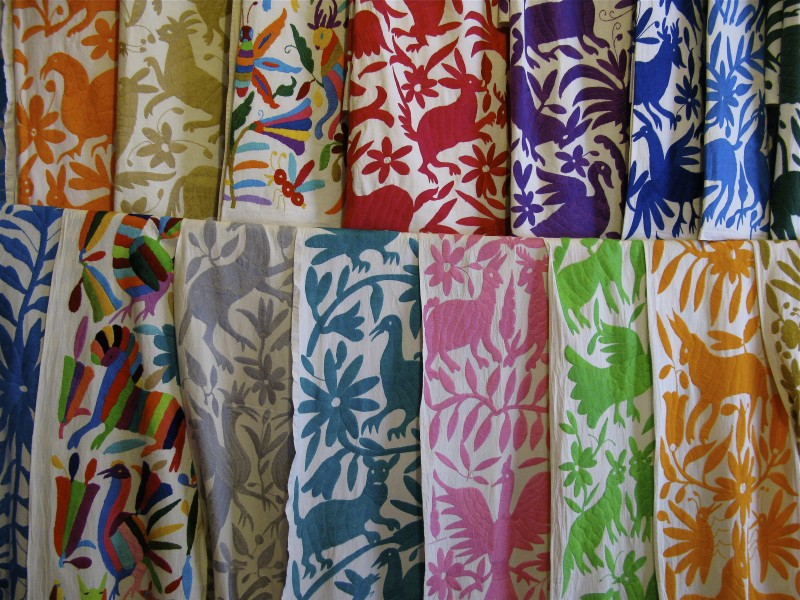

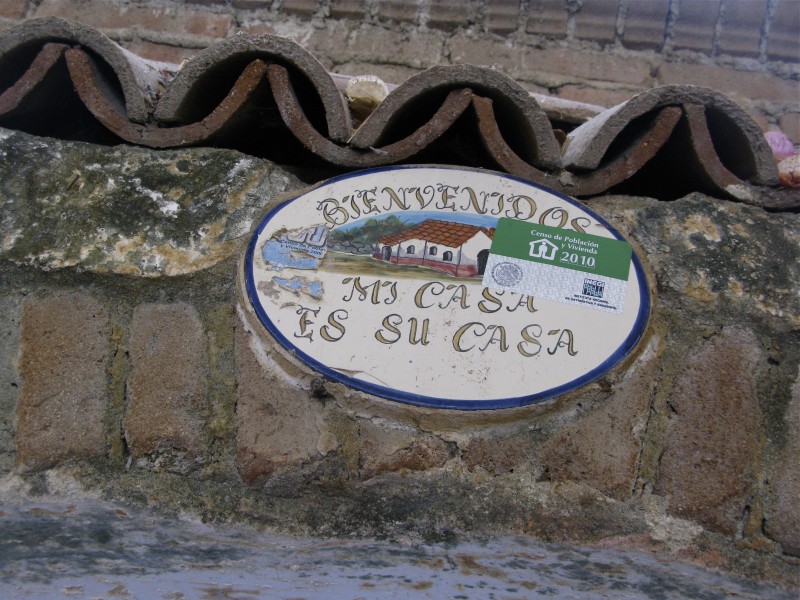
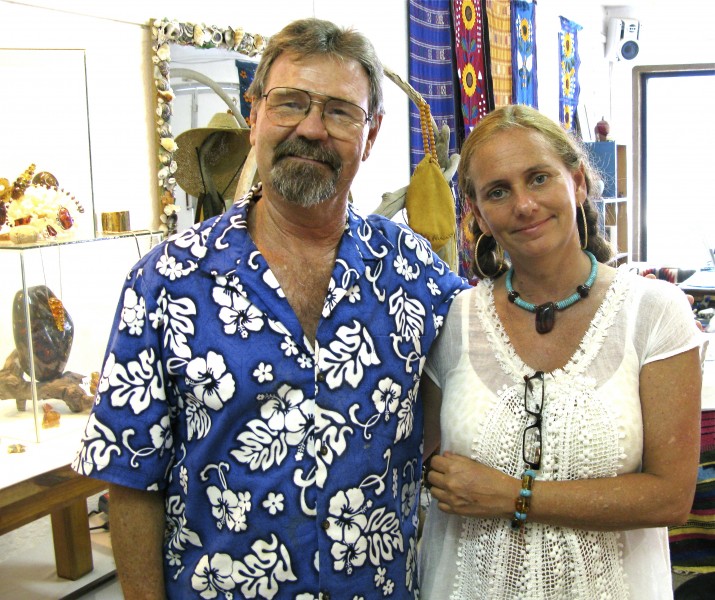
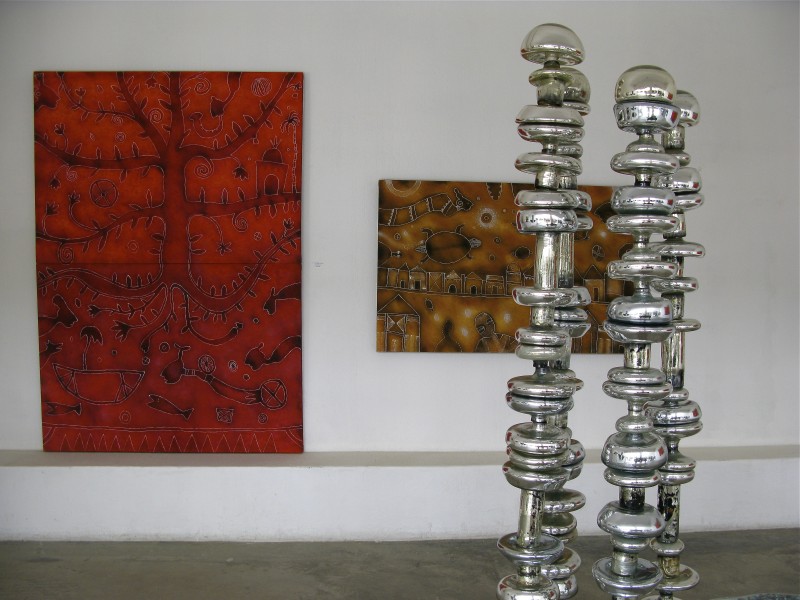
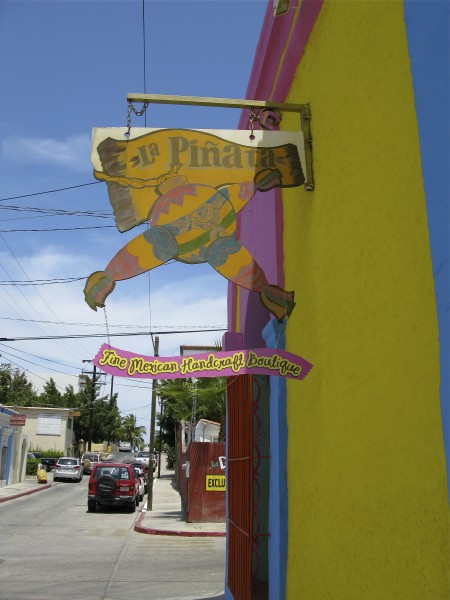
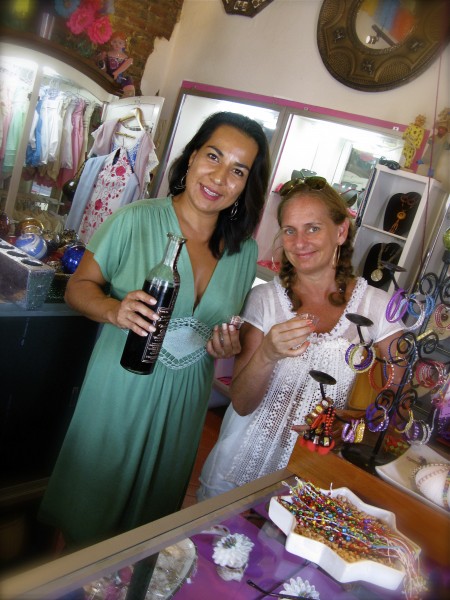
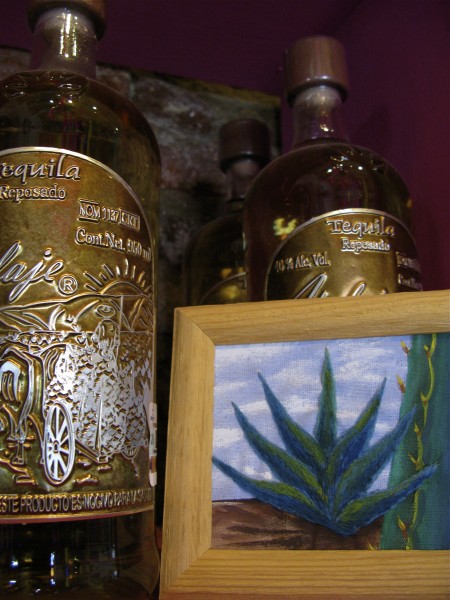
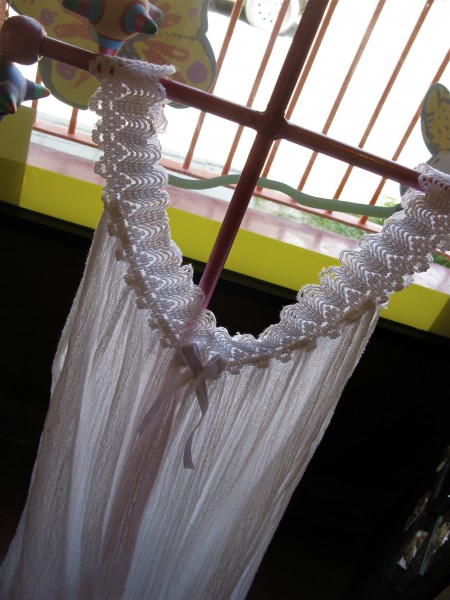
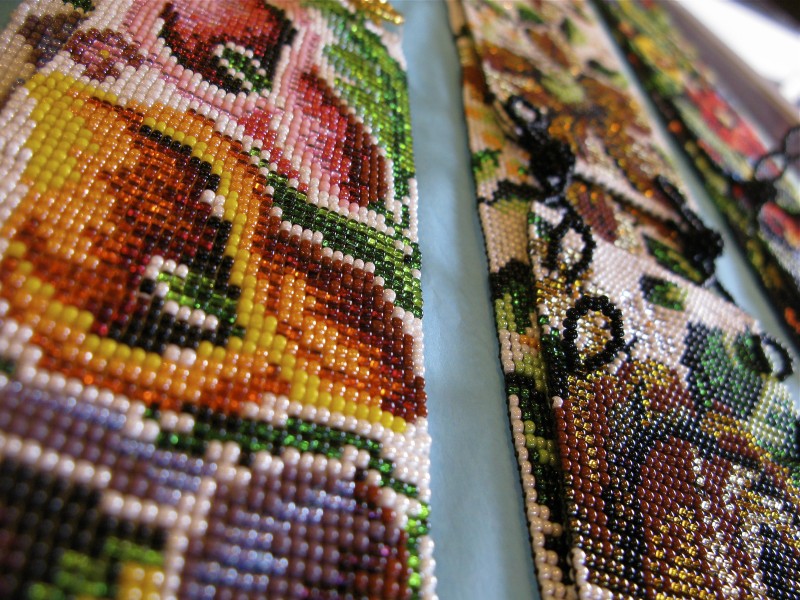

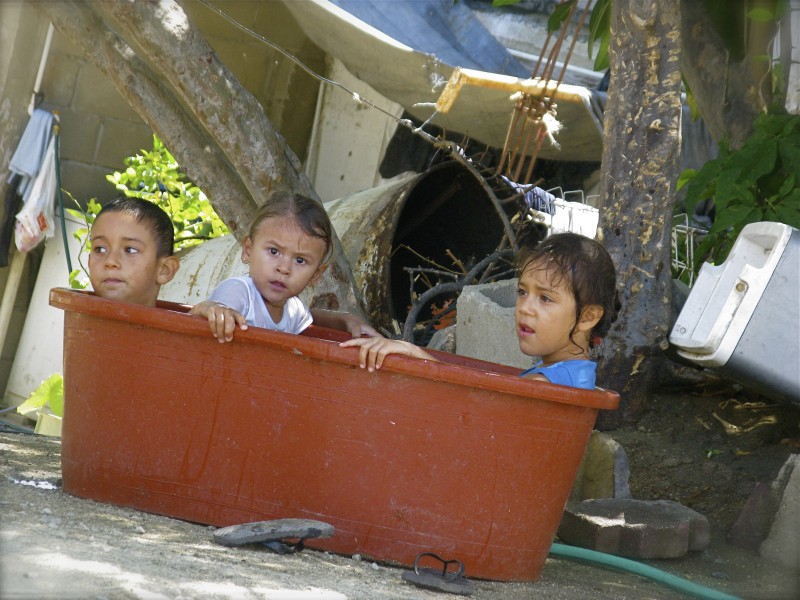
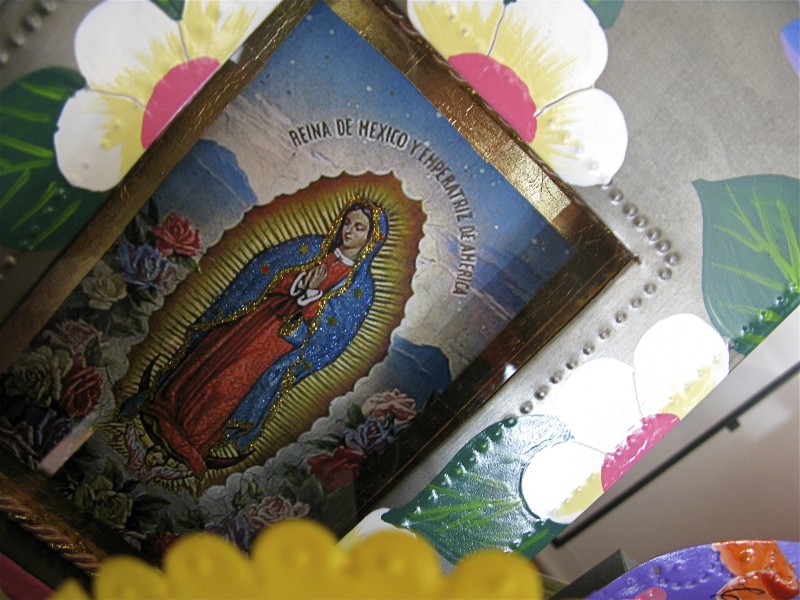
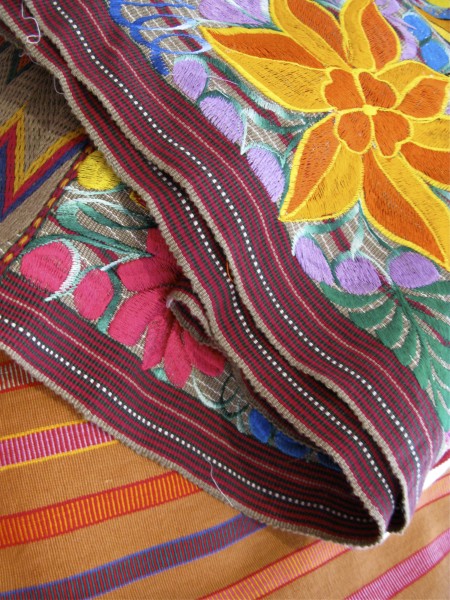
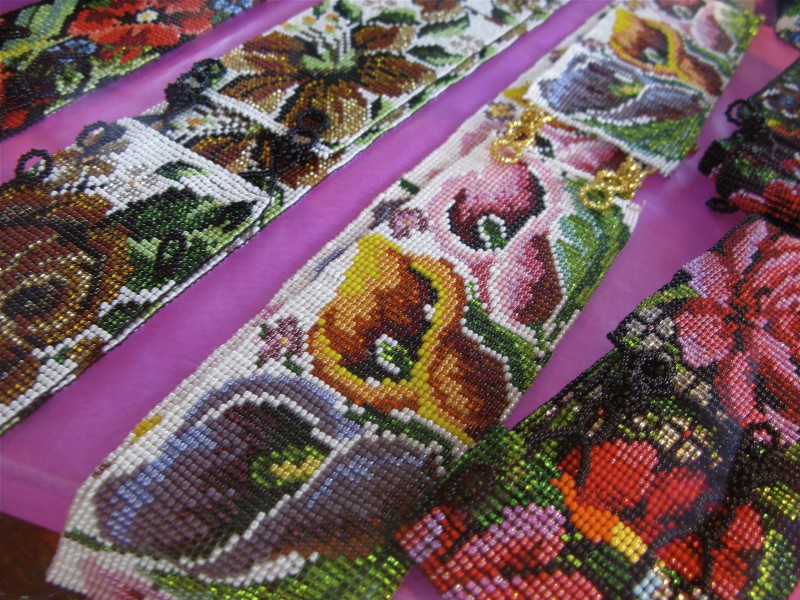

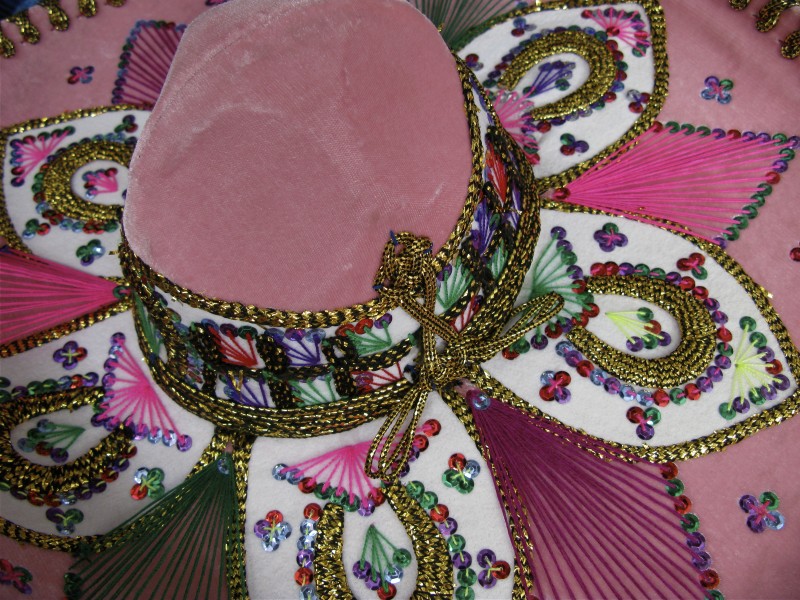
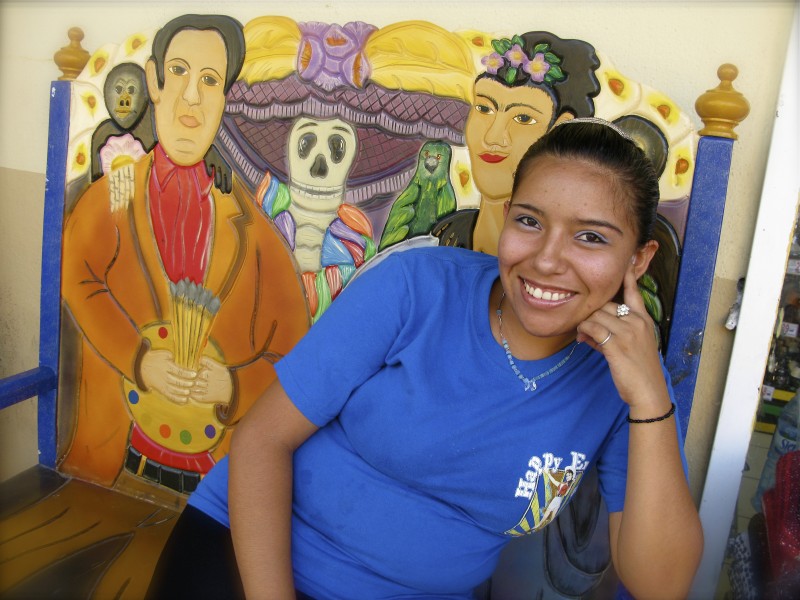
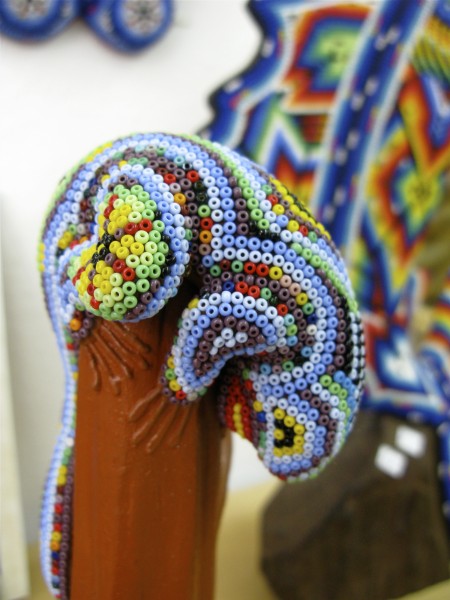
 Los Cabos may not have a whole lot of homegrown wares, but the stores are filled with beautiful and unusual items from all over mainland Mexico.
Los Cabos may not have a whole lot of homegrown wares, but the stores are filled with beautiful and unusual items from all over mainland Mexico.
Through my pictures, and some helpful addresses, I have chosen to take you around Cabo San Lucas’ smaller but charming sister city, my favorite in the region of the Corridor.
The city has a refined air, with many shops in old colonial buildings just a short walk from the town’s Zocalo (central plaza). Every door has an imaginary horizon to explore and at times, staying in Luxury hotels in the UK, I have had the same sensation. Here time has stopped like in Cuba.
Before I go into the serious shopping information I insist in bringing to your eyes the pacific and decadent nonchalance of this place. Some of the most interesting shops are clustered within patios, secret gardens and delicious restaurants.
Most of these shops you will find within a few blocks around Plaza Mijares, where Boulevard Mijares and Avenida Zaragoza both end at the remodeled Zocalo at the center of San Jose.
Cabo’s Hats: One of my favorites is Cabo’s Hats on Boulevard Marina and Madero.
The shop carries the exiting Scala collection in materials including raffia, sea grass, panama, crocheted cotton. Such a great choice.
Jose, the shop manager, tells me proudly that genuine Raffia is made from the natural leaf fibers of the African Palm, Raphia Pedunculata, and is grown on the island of Madagascar.
The renewable raffia straw is hand woven in the Orient after which it is made into attractive and durable headwear, providing beneficial sun protection.
After several essays, with the help of a few clients and Jose, I pick my own – a thick Cowboy-style straw hat, packable and crushable – a perfect fit for my globetrotter lifestyle.
Now I am enjoying the color and creativity flowing from the old adobe buildings of the ever-growing ART DISTRICT in San Jose del Cabo.
Behind the main square and away from the busy main streets are many unique galleries featuring works of Mexican and international artists and artisans. Thursday nights from November through April are designated Art Nights, where galleries stay open until 9 serving drinks and snacks, with various performances, demonstrations, and dancing. Trust me, it’s magic!
Amber Gallery: An art gallery featuring the finest Chiapas amber collection, handcrafted by the owner (with the blue Hawaian shirt in the picture). It includes perfume bottles, jewelry and sculptures as well as Chiapas textiles and original local fine art.
The owner – from Texas and passionate about amber – was drawn to the El Dorado more than 20 years ago. Since then he’s lived in the city center with an old black dog, a large collection of jewelry made with amber and perfumed amber essential oils he created himself. A photographic exhibition about the region was created by his friend, the photographer Bruce Herman.
Jewelry and art are great buys here and it’s where you’ll find the best shopping for high quality Mexican folk art. Located right by Plaza Mijares is NECRI, a sure bet for quality pottery and ceramics.
The family-owned store is known for a wide array of Mexican pewter, which does not tarnish and can be used to hold any type of food. Items to look out for, besides dinnerware, are chandeliers and candlesticks.
Necri also carries Talavera pottery from Puebla that is hand-painted, signed and certified. One can find serving platters, coffee sets, bathroom sinks, vases and more made from this type of pottery.
Necri also carries different designs of Majólica ceramic, which, like Talavera, has European origins and has been admired for centuries. The most popular pieces are vases and plates. Necri has wonderful items, and couples can even register for their wedding gifts there — a great alternative to the usual ho-hum stores.
ARTE JULIAN GARCIA Julian Garcia’s paintings and metal sculptures are a must see when you’re in Los Cabos. Also featuring national and international art exhibitions.
Internationally-acclaimed abstract artist, FRANK ARNOLD GALLERY blends a virtuosic sense of color with an emotionally evocative impasto painting technique. Stop by his gallery to browse his latest works and special exhibits.
GALERIA DE IDA VICTORIA Fine art by local and international artists featuring paintings, sculpture, photography and limited edition prints. Exhibitions change often. Ongoing cultural events from November to May.
BARRIO LATINO is the perfect combination of fantastic Latin art and fine jewelry.
The afternoon is great, the sky is blue and every little shop is a discovery of its own! One of the nicest surprises to catch my attention is the colorful entrance door of LA PINATA BOUTIQUE.
The owner, Lorena de Basterrra – a beautiful woman a little suspicious at first with my camera activity, is a very polished and creative mind.
In this lovely, small but colorful charming boutique you can source everything from handmade children’s clothing to Mexican vanilla liquor. It packs in a variety of unusual and unique gift items. I suggest browsing the interesting beaded jewelry. It’s a must!
The ceiling is adorned with an enormous decoration made mostly of colorful papier mache: It’s named “7 picos”. It represents the 7 carnal pecados (The Seven Deadly Sins), also known as the Capital Vices or Cardinal Sins.
It’s a classification of objectionable vices that has been used since early Christian times to educate and instruct followers concerning fallen humanity’s tendency to sin. The final version of the list consists of wrath, greed, sloth, pride, lust, envy, and gluttony.
After an amusing visit, happy with my hands full of interesting gifts, a little drunk with the vanilla liquor and a small Tequila shot complements of Lorena, I walk in diagonals further down towards the local Mercado Municipal.
A fitting locale, as the restaurant’s ambiance evokes memories of an old Cabo San Lucas with its interior walls covered with faux faded and crumbling murals depicting old village street scenes.
The place is eclectic, with crude spindled wood chairs painted in vibrant colors of turquoise, parrot red and grass green.
There are painted concrete and tile floors, four palapa-covered patio dining levels among fruit orchards and Mexican bric-a-brac decor everywhere.
At night and for lunch, Mi Casa’s menu is a tour-de-force of Mexican cuisine with many delectable regional meat and seafood entrées for the visitor to savor. The patio is charming, strolling around gives you a very good feeling of what went on the night before.
At Mi Casa Restaurant, Mariachi stroll and play favorite songs around the terraced dining patios.
The Day of the Dead is celebrated annually in Mexico on November 1st, coinciding with the Catholic observation of All Saint’s Day.
The Day of the Dead is a uniquely Mexican celebration, a cultural festival resembling Halloween in many ways, but with more cultural and spiritual meaning.
The holiday combines elements of Catholicism with ancient Aztec symbolism, and honors the spirits of departed ancestors and loved ones who are believed to return to earth to join in the celebrations.
Outlined below are some of the more common emblems of this important cultural holiday:
CALAVEIRAS Mischievous Dead. Calaveras (skulls) are probably the most recognizable emblems of the Day of the Dead. Calaveras are whimsical caricatures – most commonly drawings – of skulls or skeletons. In most cases, calaveras are depicted in humorous settings, often in scenes depicting traditional activities.
Common images include churches, weddings, musicians, dancers, politicians, policemen, and revolutionary soldiers. “Catrinas,” (wealthy women) mock anyone who takes materialistic pleasures too seriously.
CALACAS : Like Calaveras, Calacas are mischievous renditions of skeletal figures. Calacas include paper mache skull masks and figurines of popular calaveras, such as Catrina. They are popular items for tourists to purchase as souvenirs. Calacas are sometimes adorned with the names of deceased.
OFFRENDAS: Perhaps the most serious emblem of the holiday is the Offrenda, an altar honoring the dead. Offrendas are most often created in honor of one’s ancestors or loved ones, and contain a number of traditional elements, many drawn from indigenous Mexican traditions:
Crosses and other religious emblems, including statuettes of saints; Water, sacred to indigenous pre-Columbian cultures, and a symbol of baptism and new life in the Catholic Church;
Salt, a preservative and purifying agent; Copal, a native incense used by the Aztecs; Candles, whose light guides the dead; Flowers, particularly the Cempazúchitl, or flower of the dead – the marigold, sacred to Mictlantecuhtli, the Aztec god of the dead;
Offerings of toys and sweets for children, alcohol and cigarettes for adults, common food offerings include fruits and pan de Muertos, a sweet egg bread shaped to resemble skulls and bones.
PAPEL PICADO: Papel picado literally means “perforated paper,” and refers to the lacy, elaborately pierced tissue decorations popular during the holiday.
Papel picado are created from layers of colorful tissue (or sometimes even plastic), and feature many of the same themes as other Day of the Dead decorations.
HUICHOL: The beaded art is a relatively new innovation and is constructed using glass, plastic or metal beads pressed onto a wooden form covered in beeswax.
Common bead art forms include masks, bowls and figurines. Like all Huichol art, the bead work depicts the prominent patterns and symbols featured in the Huichol religion.
The old buildings of the historic center, the overwhelming presence of the Parroquia San José church along with the inviting atmosphere of the main plaza, sombreros, Tequila and cigars, all share in the responsibility for this very appropriate description of the city.
San Jose del Cabo instills a sense of old Mexican charm into the harsh desert landscape and beautiful coastline that surround the city. Old customs and traditions prevail here and time seems to be nothing more than a symbol of the modern world…a symbol that is very easily ignored by many of the locals and visitors alike.
The boutiques:
Necri Boutique Boulevard Mijares, No. 16, Plaza Mijares
San Jose del Cabo BCS CP 23400 Mexico Phone: (624) 130-7500; Fax: (624) 130-7501;
La Pinata: Plaza Mijares, Art District – San Jose del Cabo 624-146-9728
The Restaurant: Mi Casa Cabo San Lucas Avenue, corner Lazaro Cardenas.
Phone (from the US) 001-52-624-14-31933, Email: salesmicasa@gmail.com
The Source: Frommer’s Guides/Los Cabos Guide
The galleries: The Art District San Jose Del Cabo
